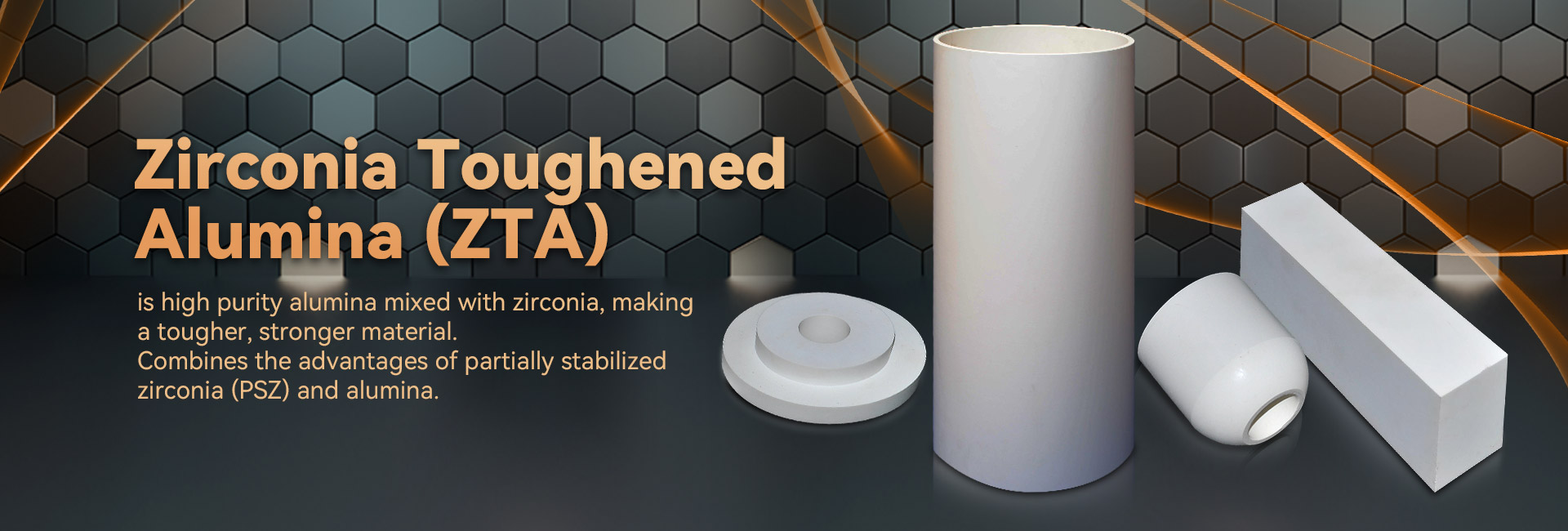
Technological component demonstrate extraordinary chemical characteristics, considering them perfect for a varied selection of applications. Deriving from aviation and motoring to electronics, these composites are steadily transforming to accommodate the needs of a progressive market.
- Their resilience and defense to critical atmospheres make them necessary for premium units.
- Over and above, technical ceramics yield edges in terms of longevity, supporting the evolution of leading-edge systems.
Industrial Ceramics: Assembled for Remarkable Operation
Fabricated ceramics stand out in tough deployments due to their superior characteristics. Made from specially chosen raw compounds and treated by thorough processing practices, these next-generation compounds reveal remarkable fortitude, erosion resistance, and endurance to harsh temperatures, wearing, and scraping. From flight elements to fine crafting tools, industrial ceramics provide peerless performance across several areas. Their multifunctionality allows withstanding harsh places, guaranteeing continuance and stability. As development progresses, the call for leading-edge components grows, cementing the central role of industrial ceramics in shaping a stronger age.
Advanced Ceramics: Scaling Element Thresholds
Elements, revealing extraordinary strength and longevity, are experiencing a revolution. Advanced ceramics, crafted with refined control over their constitutions and internal architecture, breaking the limits of that which is feasible. These materials demonstrate a vast assortment of qualities, appointing them best suited for critical applications such as outer space, health sciences, and resources. From low-weight parts that resist extreme hotness to bioinert implants that meld fluidly with the organism, advanced ceramics are recasting our environment.
Strict Ceramic Engineering: Satisfying Exacting Requirements
Specialized ceramic fabrication has progressed remarkably in recent periods, authorizing the creation of sophisticated and highly efficient ceramic elements. These components are key across a broad range of sectors, including orbital, medical, and technological domains. Handling the specialized criteria for these operations calls for exact fabrication techniques that secure dimensional faithfulness, surface treatment, and material qualities. Contemporary ceramic fabrication processes use various methods, including slip casting, injection molding, and additive manufacturing. These techniques permit the creation of intricate forms and fine details with outstanding reliability. Moreover, advances in material technology have led to new ceramic formulations endowed with strengthened aspects. These substances demonstrate increased power, survivability, and tolerance to demanding climatic conditions, allowing their use in exacting sectors.
The possibilities for accurate ceramic fabrication are great. As experiments and progress advance, we can foresee even more advanced tactics and composites that will also extend the frontiers of what is attainable in this domain.
Elite Ceramic Composites for Severe Contexts
Specialized ceramic constructs offer extraordinary sturdiness and invulnerability against extreme realms, making them optimal for rigorous assignments in aerospace sectors. These state-of-the-art ceramics can face extreme heat loads, combat decay, and retain their functionality under rigorous dynamic pressures. Their unmatched morphological features allow robust utility in demanding conditions, including kilns, power units, and nuclear systems.
- Advanced ceramic alloys
- Heat tolerance
- Enhanced efficiency
Ceramic Hybrids: Merging Rigidity and Usefulness
Combined ceramics present a compelling mix of mechanical resilience and distinct tailored features. Through the integration of ceramic units within a framework, these materials achieve impressive potential. This fusion results in heightened fortification against high thermal conditions, wearing, and chemical degradation, rendering them effective for strict uses in space, driving, and utilities arenas. Furthermore, ceramic composites can be modified to possess unique properties like electrical conductivity or biocompatibility, broadening their applicability across diverse sections.
Structural Control in Progressive Ceramics
Attaining aimed-for features in modern ceramics commonly demands careful management over their microstructure. Countless manufacturing parameters, including sintering heat level, stretch, and atmosphere, alongside the incorporation of dopants or extra phases, materially alter the alignment of grains, pore presence, and other microstructural peculiarities. Rigorous adjustment of these conditions allows for the optimization of fortification, rupture tolerance, and warmth conductivity. Specifically, enhancing the sintering heat intensity can promote grain expansion, thus increasing compactness and improving mechanical load-bearing capacity. Conversely, adjusting the firing atmosphere may shift the oxidation form of the ceramic, thereby influencing its electrical capacitance or magnetic influences. Realizing these relationships between microstructure and properties is paramount for creating advanced ceramics with optimized features suitable for varied operations.
Erosion-Resistant Ceramics: Strengthening Longevity
In hard-wearing production branches, where elements are pressured to constant wear and damage, elements with exceptional endurance are vitally imperative. Wear-resistant ceramics have manifested as a foremost resolution, offering unparalleled toughness and functionality in multiple sectors such as processing, mining, and aerospace. These progressive elements possess a rare grain layout that elevates their ability to combat scraping. By capitalizing on the natural hardness and solidity of ceramic substances, engineers can formulate robust modules capable of withstanding the most inimical operating situations.
Healthcare-Oriented Products: Scenarios in Healthcare
Health-safe ceramics have changed the medical industry, yielding an array of profitable attributes for many deployments. These materials are inert within the tissue, minimizing antibody responses and advancing repair. A prime use for biocompatible ceramics is in orthopedic implants, where their sturdiness sustains long-lasting strengthening to damaged muscle.
Additionally, they are leveraged in oral surgery, presenting a resilient and pleasing solution for dental implants. Ceramics also play a key place in pharmaceutical formulations, contributing to the precise dispensary of medication to specific points within the biological makeup.
- Furthermore, biocompatible ceramics are steadily being studied for biomaterials development, serving as a backbone for cell proliferation.
- Hence, the horizon of biocompatible ceramics in clinical use looks bright, with continual work expanding their applications.
Ceramic Sensors: Facilitating Precise Quantifications
Advanced measuring ceramics have materialized as vital units across a diverse array of domains. These instruments capitalize on the peculiar aspects of ceramic steatite ceramic structures to deliver highly exact assessments. Their strength in {demanding|harsh| 